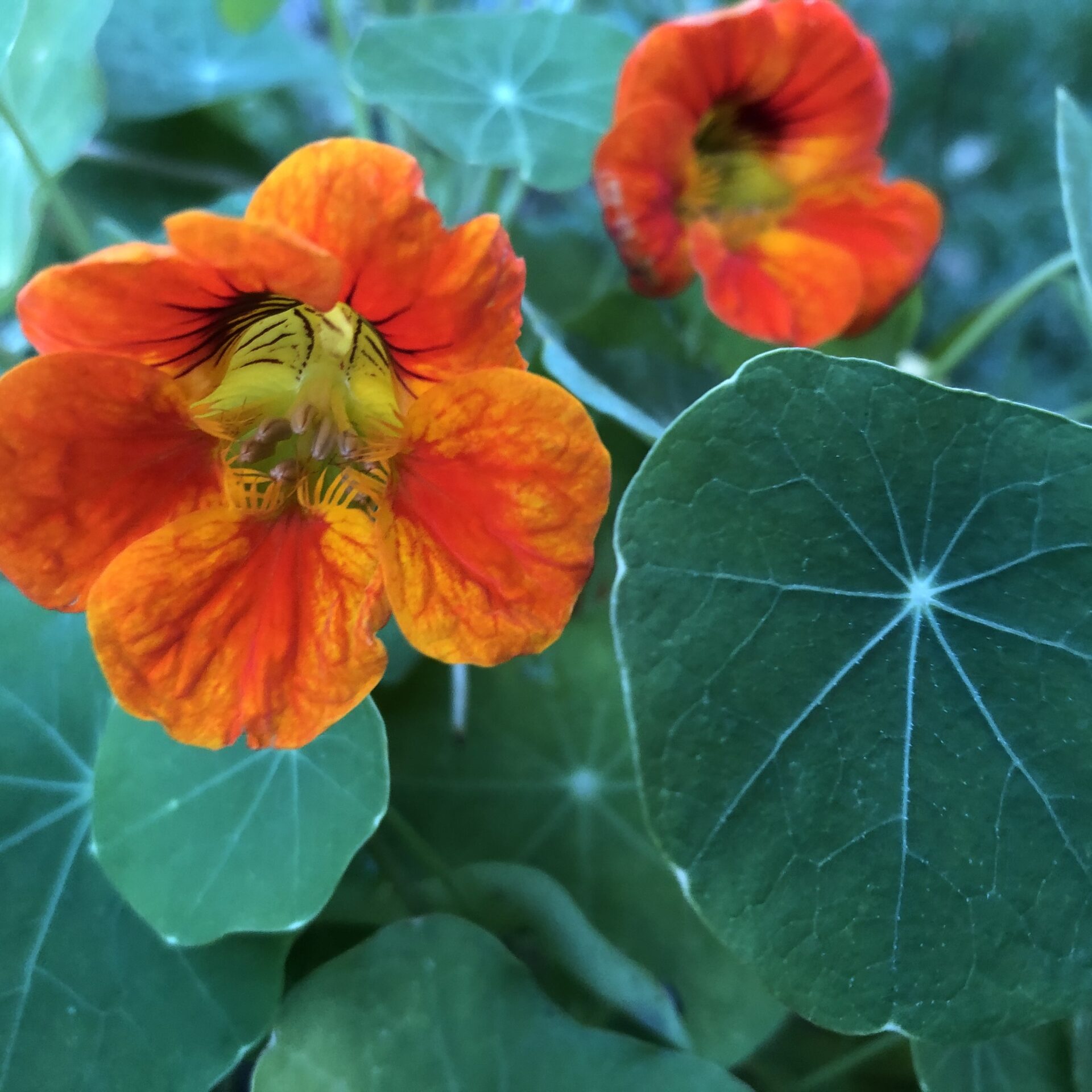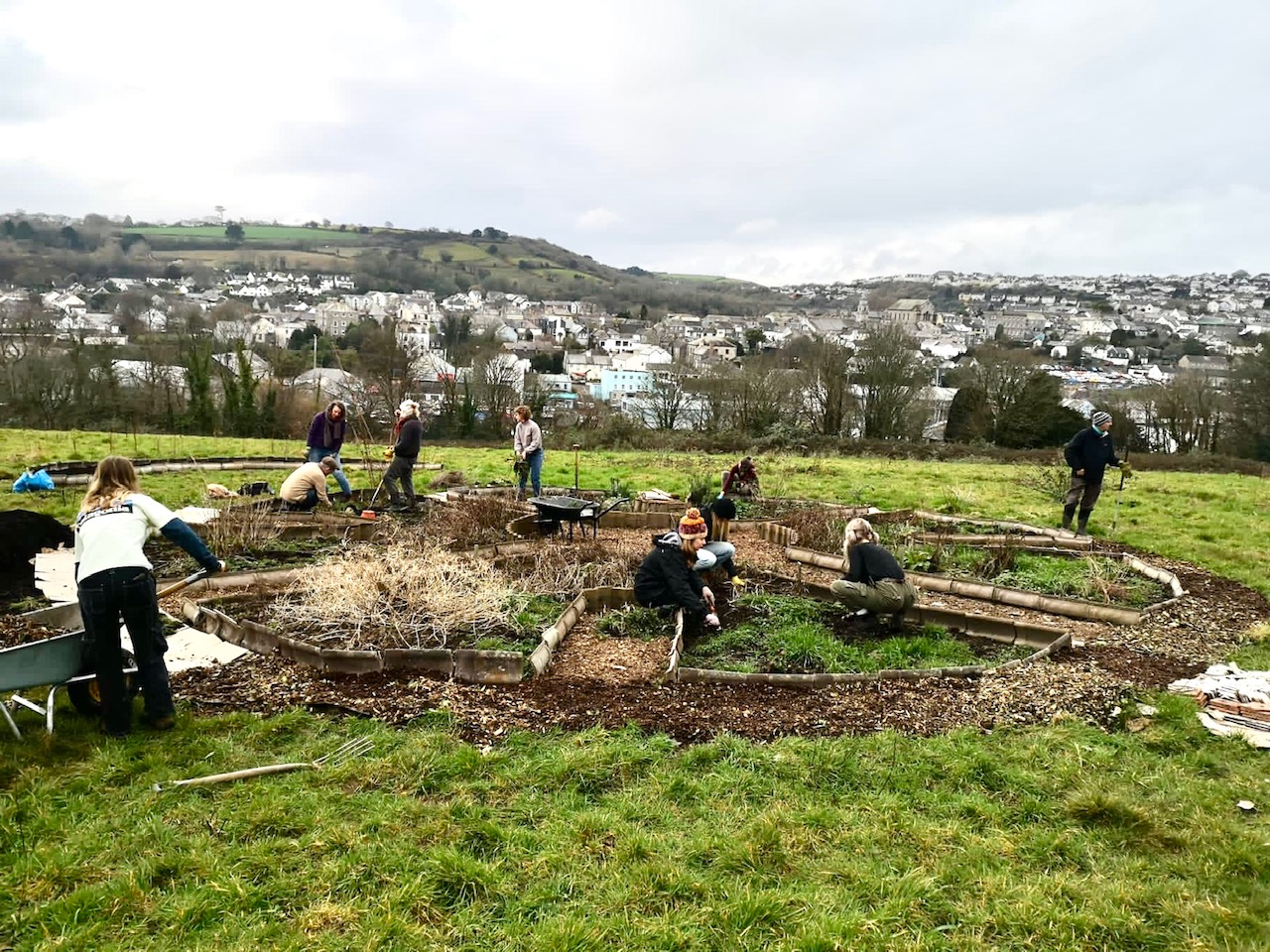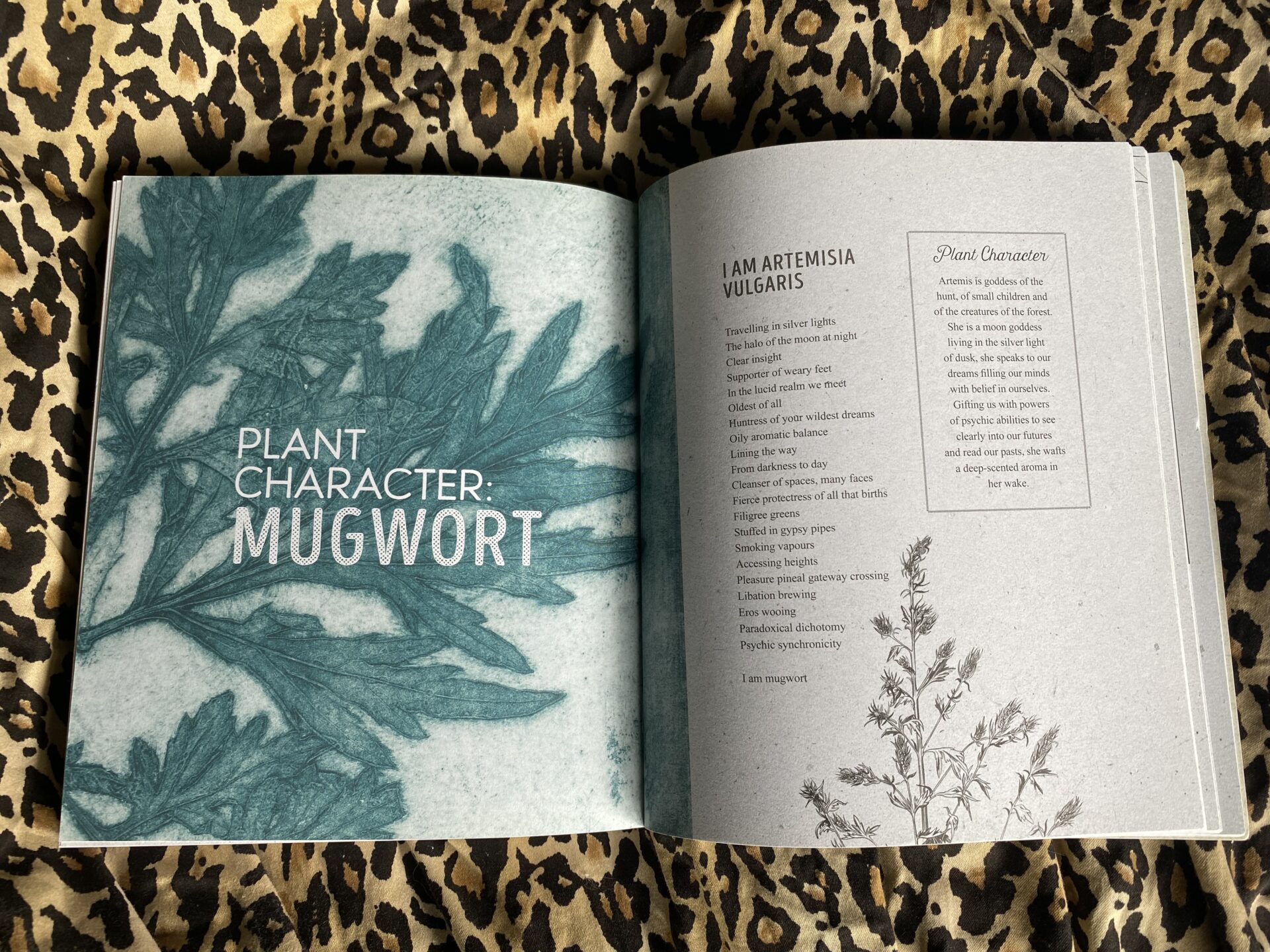
Tom Amery, MD of The Watercress Company
Tom Amery is Managing Director of The Watercress Company with watercress beds in Hampshire and Dorset.
He joined in 1999 after studying Commercial Horticulture at Writtle College and before that had spent three years in market gardening of both ornamentals and food production.
While this experience gave him a fabulous growing base, Tom was searching for a more unique crop following an overseas trip in Zimbabwe, and Australasia. This ambition came true when he noticed an advert for a Trainee Technical Manager at The Watercress Company. Despite knowing nothing about the cultivation of watercress he managed to convince them he was right for the job.
Twenty years on and there are few people who know more about the cultivation of watercress than Tom! He admits watercress has become his life, and that his wife even jokes she accepts it’s his second family.
Tom loves the challenge of discovering new innovative research into watercress health, developing growing practices with the team to overcome challenges and delivering fresh watercress to consumers throughout the UK.
Tom has been a wonderful support of the work that we do at Sensory Solutions over the years and is a supreme advocate for all things watercress. He works tirelessly to promote and research the health-giving properties of watercress and runs both The Watercress and Wasabi Companies here in Dorset. We have visited the watercress farm where crisp, clear springs bubble up into pools that are flushed through the watercress beds, the same way they were created 150 years ago. We are thrilled to have this opportunity to host and support his work and hope that this inspires you to be getting your daily boost.
Watercress Revolution – A Herb Wit Attitude
12 useful truths about watercress
By Tom Amery of The Watercress Company
Watercress has been long regarded as a tonic for blood, cleansing the body of harmful toxins and more recently as a powerful modern tool with newly discovered health benefits. The only negative in the story about watercress and its journey with us over many thousands of years is many people often confuse watercress with mustard cress or salad cress.
Watercress is found throughout the world not least in the UK, and the evidence of our strong relationship with this water grown plant, which goes by the botanical name of Nasturtium officinale, is its abundance throughout our waterways. Once produced in up to 1000 acres of beds throughout the UK plantlets drifted into the waterways and created their own colonies. Right now in the wild, this plucky vegetable that can also reproduce itself from cuttings or fragments of plants, is just finishing off its reproductive cycle which has been going on for some months and shedding wild seeds. This part of its life cycle makes its wild picking that bit more tricky as it’s very bitter and less palatable than when you are harvesting the younger cultivated shoots.
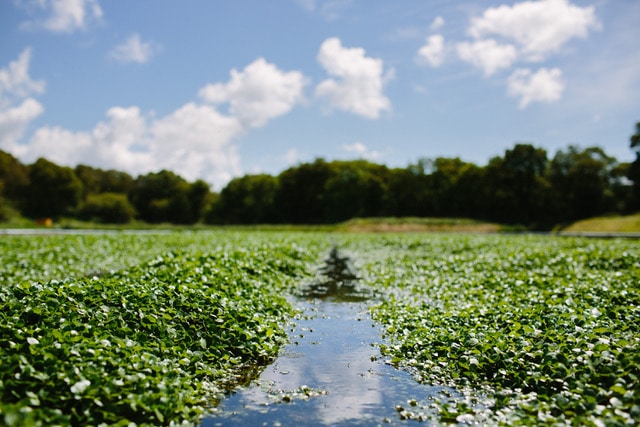
It’s for this reason, along with a very important food safely reason, that watercress has been grown commercially for hundreds of years in free flowing mineral rich water borne from springs, not rivers as river picking is known to be a challenge regarding pathogen contamination and liver fluke risk which are both pretty much eliminated when using farms designed for safe production. It’s this fascination with the health benefits and the fear of contamination from rivers that led to watercress being seen as a fantastic crop to grow commercially, and like then we still produce the powerful leafy green in purpose built beds that can grow 5-6 crops per year in the areas that have most plentiful supply of the cool spring water.
Nasturtium is a Latin word that translates as “twisted nose”. This is a nod to the peppery notes that are produced when watercress is chewed or macerated and this chemical reaction is worthy of its own story, as it’s this heat that is the only indicator of the powerful consumer benefit supported by an array of vitamins and minerals that are concentrated to particularly high levels per 100g in this unassuming aquatic power veg.
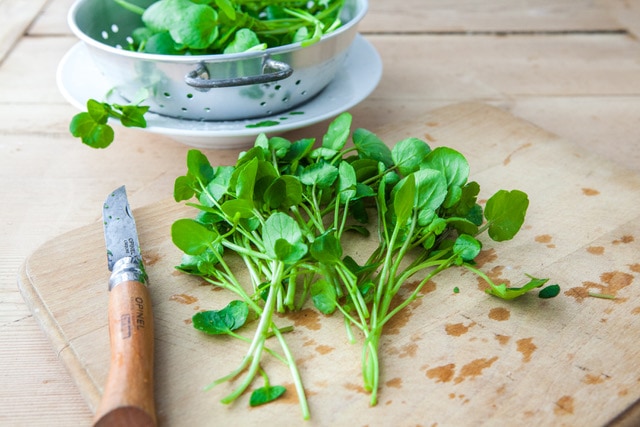
The peppery taste is activated by mixing the glucosinolates with a naturally occurring enzyme in watercress and our stomachs called myrosinase. This reaction in turn creates isothiocyanates or ITC’s which all have their own unique characteristics as these can be found in various brassicas/cruciferous plants, but the one in watercress that is so easy to identify in high levels is phenethyl isothiocyanate. Before I lose you altogether, the good news is that there are many scientists who are seriously excited by this explosive compound and it’s been researched in papers throughout the world. The array of interest is incredible and the professors and their teams are using modern techniques to find scientific reasons for the global fascination with watercress that goes back many thousands of years.
The second part of its name Nasturtium officinale is a nod to official recognition for its position in the medicine and herbalism cabinet of yesteryear. It’s really important to understand the cultivation of this crop is entirely open regarding breeding and there are only a few hybrids available. This lack of change could be a benefit as it’s been kept true to its original form for many years. It’s fantastic that we enhance a range of varieties but we need to be sure that when breeding crops we don’t initiate changes that we are not aware of, and chasing specific characteristics could change the combined effect and ultimate benefit. I would strongly assume that this plant could still be identified now by someone from several thousand years ago.
So where do we buy it and in what way should we source watercress? Watercress is available throughout the UK and in most supermarkets. Generally sold in bags for £1 to £1.80 the most important part of this transaction is to eat it as soon as possible, preferably chewing it. It’s not a 4-5 day keeper in the fridge and with the huge range of dishes it can be used in there is no excuse to have to make it last for several days. Sandwiches, salads, with breakfast or supper or even in smoothies it all works and you get the beneficial hit every time. Many want to collect it from the wild -this is fine if the shoots are young and palatable, they are free from risk of contamination by liver fluke and there is no risk of pathogens in the water – watercress does internalise pathogens so washing is no safety net if grown in polluted waters. If this is all just too much you could try growing some in soil but there are many other crops that can be so much more rewarding.
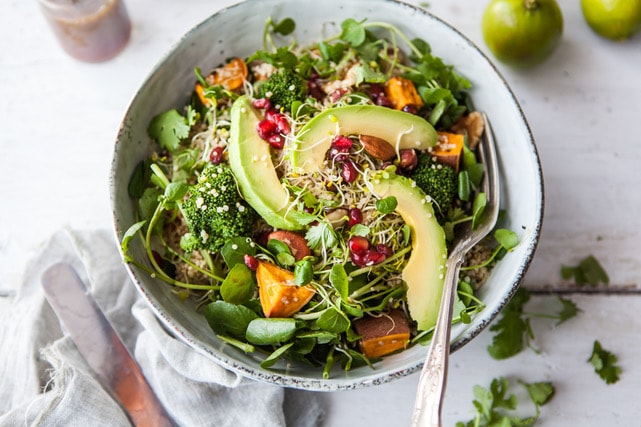
All in all it’s a veg with attitude, something that you should add to your diet and with its array of benefits it’s something you should enjoy, savour and be excited about –after all there aren’t many vegetables which have this unique history, reverence and total commitment to making us happy!
12 useful truths about watercress:
• Daily consumption of watercress resulted in a significant decrease in lymphocyte (white blood cell) DNA damage. DNA damage is an important event in cancer development.
• Watercress is a rich source of the glucosinolate-derivatives phenylethyl isothiocyanate (PEITC) and methylsulphinylakyl isothiocyanates (MEITCs), which show a range of anti-cancer activities.
• Beneficial effects on the three key stages of carcinogenesis (initiation, proliferation and metastasis) were observed in a study involving watercress extract and colon cancer cells.
• When smokers ate watercress with each meal for 3 days, the activation of a key carcinogen (cancer causing agent) in tobacco was inhibited.
• An in vitro study involving breast cancer cells found that the addition of a watercress extract inhibited their invasive potential.
• Watercress is a good source of key nutrients and carotenoids, such as lutein and beta-carotene, associated with the maintenance of eye and skin health. Daily consumption of watercress increased plasma lutein levels by 100% and beta-carotene levels by 33%.
• Daily watercress consumption has been shown to decrease plasma triglyceride levels by about 10% which are know to be a key factor with increased risk of atherosclerosis and therefore coronary artery disease and stroke.
• Watercress is rich in vitamin A (via beta-carotene) and vitamin C, and a source of folate, calcium, iron and vitamin E. It also contains a variety of phytochemicals including glucosinolates, lutein, flavonoids and hydroxycinammic acids.
• Watercress has significant antioxidant activity in vitro.
• 80g (one cereal bowl full) of watercress provides one of the ‘at least five a day’ portions of fruit and vegetables recommended by the Department of Health to help reduce the risk of many chronic diseases.
• Nutrients and phytochemicals in fruit and vegetables appear to work synergistically.
• The mix of nutrients and phytochemicals in watercress make it a valuable food throughout life, as part of a healthy diet and lifestyle.

